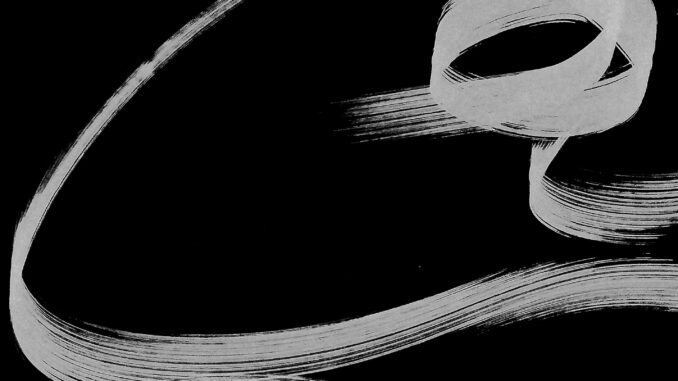
“Yesterday, as a pseudo-pilgrim, I had seen the longest grave in my life, popularly believed to belong to Prophet Seth. It was twelve feet long in a forty-acre hillside Muslim cemetery in the temple town of Ayodhya. The Sufi in his red Fiat had driven me fifty km to get there in my quest to find the grave. With his cigarette hand resting on the window sill and the right hand palming the steering wheel, he drove… oblivious to the people and animals scurrying away to avoid being hit and the panic of his co-passengers, hanging on sans seat belts, as he nonchalantly, but flawlessly, dodged potholes.”
– The Sufi & The Architect.
Before reaching the cemetery, the sun had begun to set. The Sufi parked the car by a wayside musalla: a roadside adobe open-air platform facing Mecca that served as a tiny place of prayer, constructed at the behest of Imam Haji Abdul Gaffar, author of Gungashta Haalat Ayodhya, Awadh. He was the last Imam of Babri Masjid and had been dispossessed and displaced here when Ram Lalla had been planted in the Babri Masjid. The imposing Imam with his white beard led the prayer, while the two of us, the graceful green robed Sufi and I in my denim, stood behind him in a space scaled for the minimal congregation. After the prayers the Imam took us to see the monumental grave inside its own compound within a compound, secluded amidst a cascade of hillside graves.
On return we dropped the Imam at his house across the road from the musalla, and speeded away. The Sufi pointed out to me Hanumangarhi, Ayodhya’s biggest temple built on land donated by Nawab Shuja-ud-Daula. It loomed high in the Ayodhya skyline. “We’’ll visit it the next time” he said. “you will see young Hanuman on the lap of Anjani.”
There was to be no next time.
When I returned to Bombay (it became Mumbai later), Richard Lannoy, author of The Speaking Tree and later Benares Seen from Within asked me, while making me a cup of tea one morning “Have you been to Benares?”
“No”
“It is too late.”
This was in 1983 when Richard Lannoy was a British Council Lecturer. I thought that was a Royal-British-Yacht-Club-dwelling-Indophile’s angst at the vanishing of a mythical India. After a pause he added, “But go there, anyway.”
Nine years later I thought about that Imam in Ayodhya when triumphant karsevaks demolished Babri Masjid, chased and hacked to death his sons, Mohammed Shabir and Mohammed Nazeer leaving his grandson Mohammed Shahid, the scion of a lineage of Imams, reduced to driving a three-wheeler, awaiting justice. Mercifully, the Imam had died a few years earlier.
Richard Lannoy had said it was too late to visit Benares. Forty years later, access grows easier to sacred sites that paradoxically recede further: Benares/Varanasi/Kashi, Ayodhya, Joshimath. With breath taking short-sightedness yatras are short-circuited by developing SUV-friendly roads on fragile ecosystems when the whole point was the arduousness of the journey to get there, for getting there was part of there. Adi Shankaracharya was deliberately not user-friendly when he chose the remoteness of ‘Chhoti Kashi’ for his tirtha.
Now it is indeed too late as Ayodhya, Kashi and the heights of Himalayas developed into revenue generating sites turning, in tandem, pilgrims into tourists “turning in the widening gyre; the falcon cannot hear the falconer.” We cruise Ganges while fleeing Ganga. “Yeh kya huwa? Kaise huwa? Kab huwa? Kyoñ huwa? Jab huwa, tab huwa, o chhodo, yeh naa socho: Yeh kya huwa?”
Full of “passionate intensity”, when religion is shorn of spirituality and knowledge of its own ancient texts, its rituals disguise an empty pursuit of power towards worldly wantonness. Hollowed of hallowedness, it does not hesitate to demolish the religious structure of another community before turning on to devour its own.
![]()
![]()
![]()
Authors note: Thanks to Anand Bakshi: Yeh Kya Hua (Amar Prem); Suleiman Jazib: Waqt Ne Yun Majboor Kya , Shivam Mishra: Catastrophic ‘Kyotoisation’ of Kashi (Prāgyatā 1.7.2021). The essay The Sufi & The Architect (“Ordinary Chaos of Being Human” Penguin Books, 2019 p.41) as well the author’s review of Kabir, and his calligraphic plates of Awadh/Ayodhya and The Second Coming by Yeats, can be downloaded from Academia.
******
H. Masud Taj in The Beacon

Leave a Reply